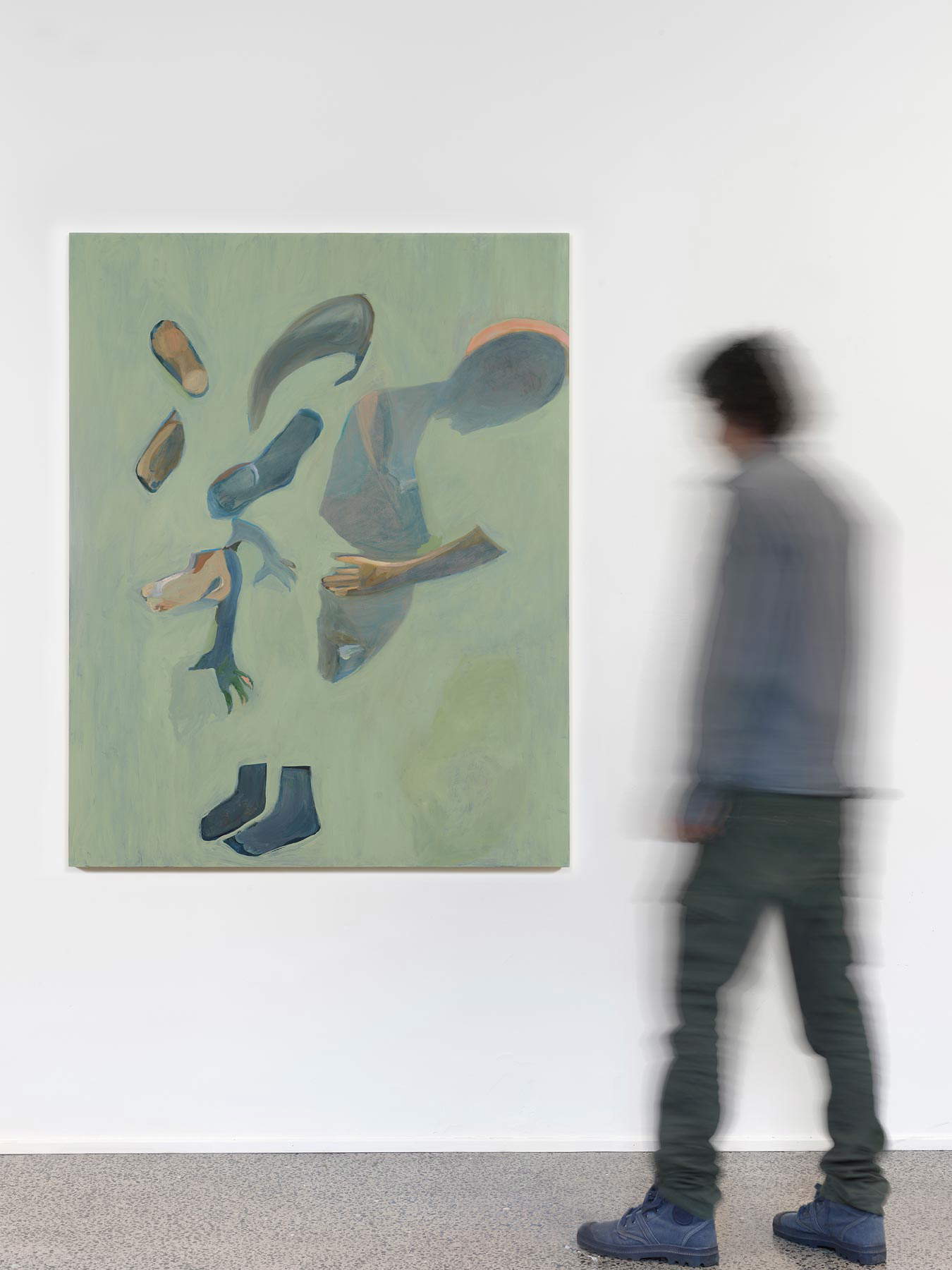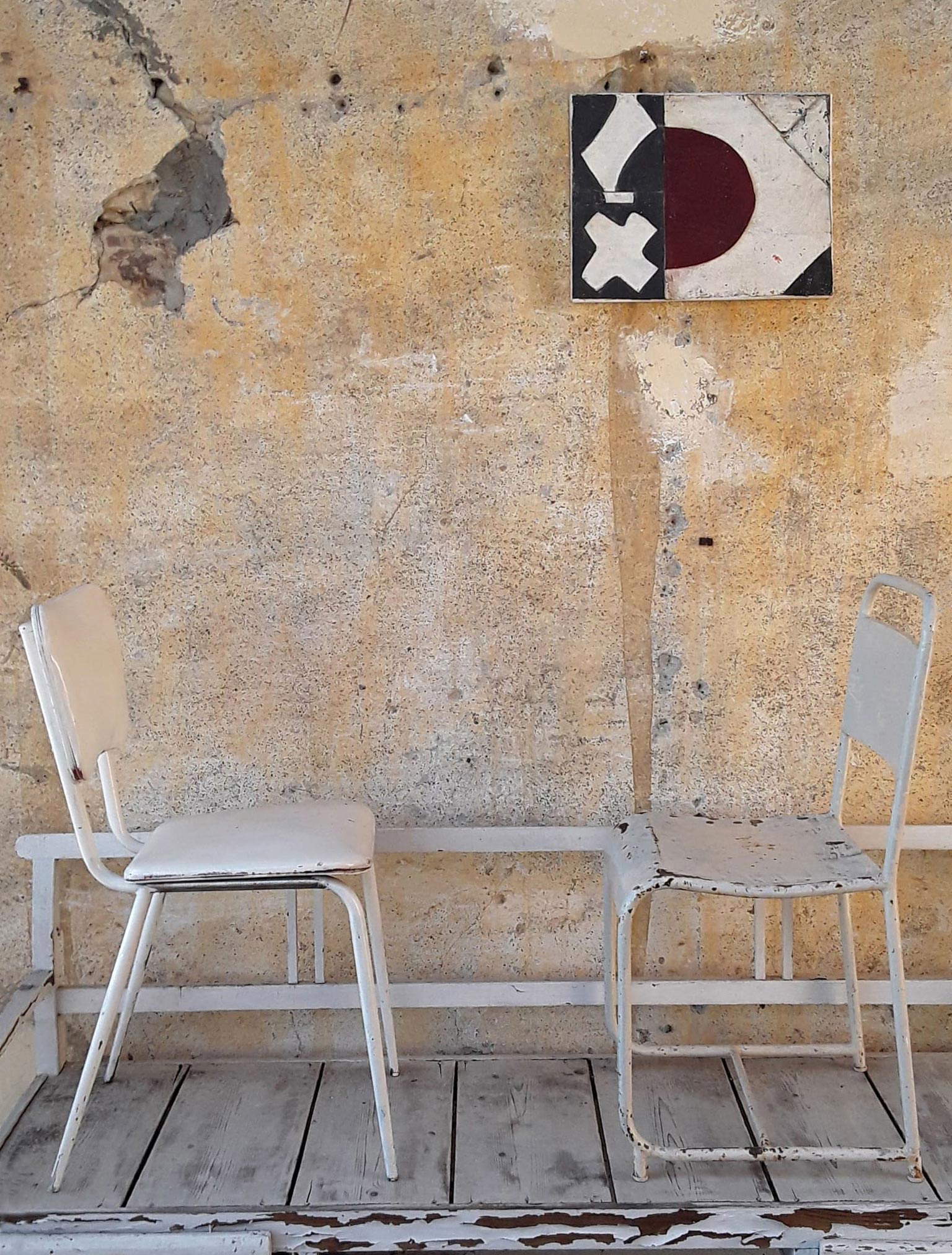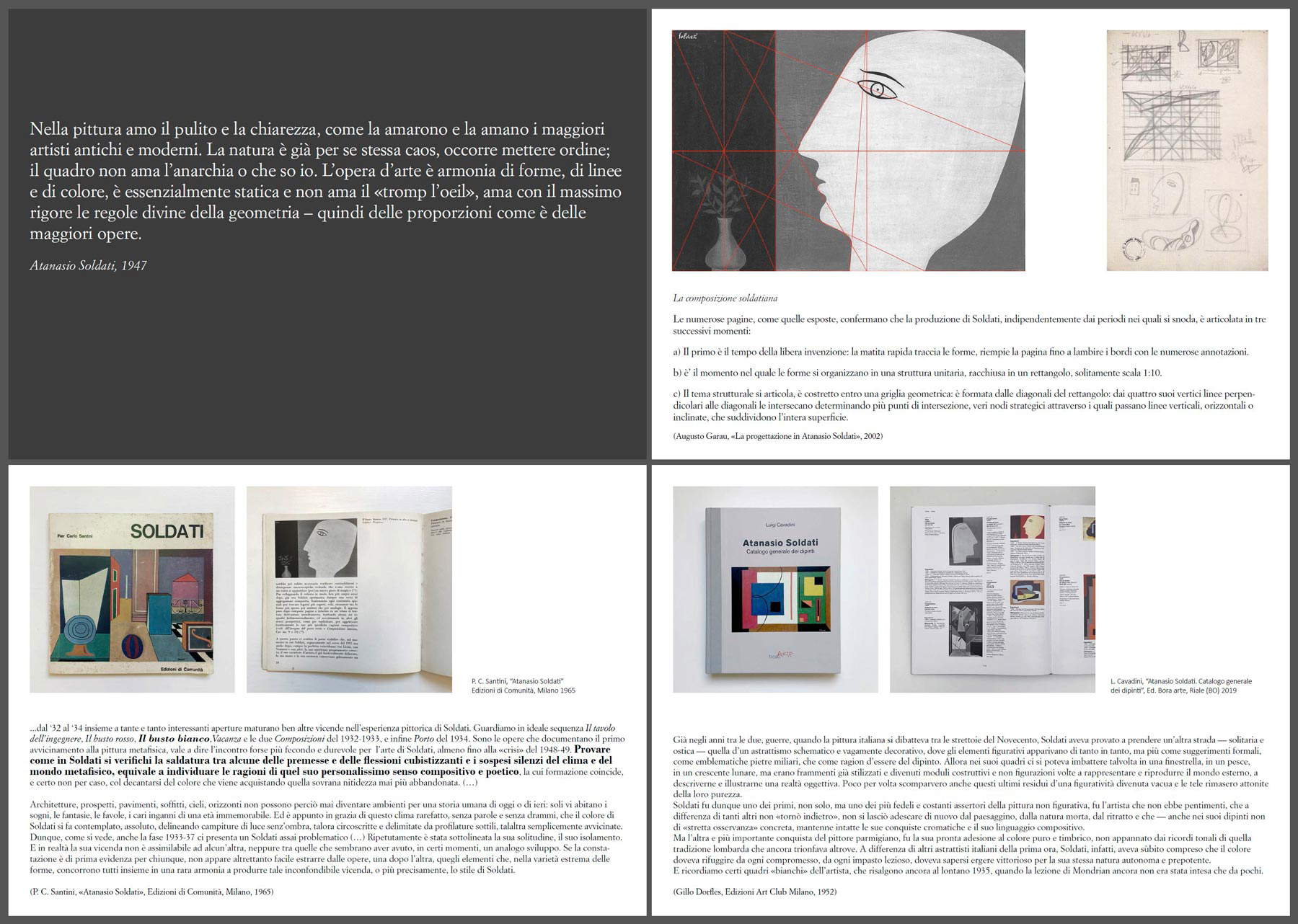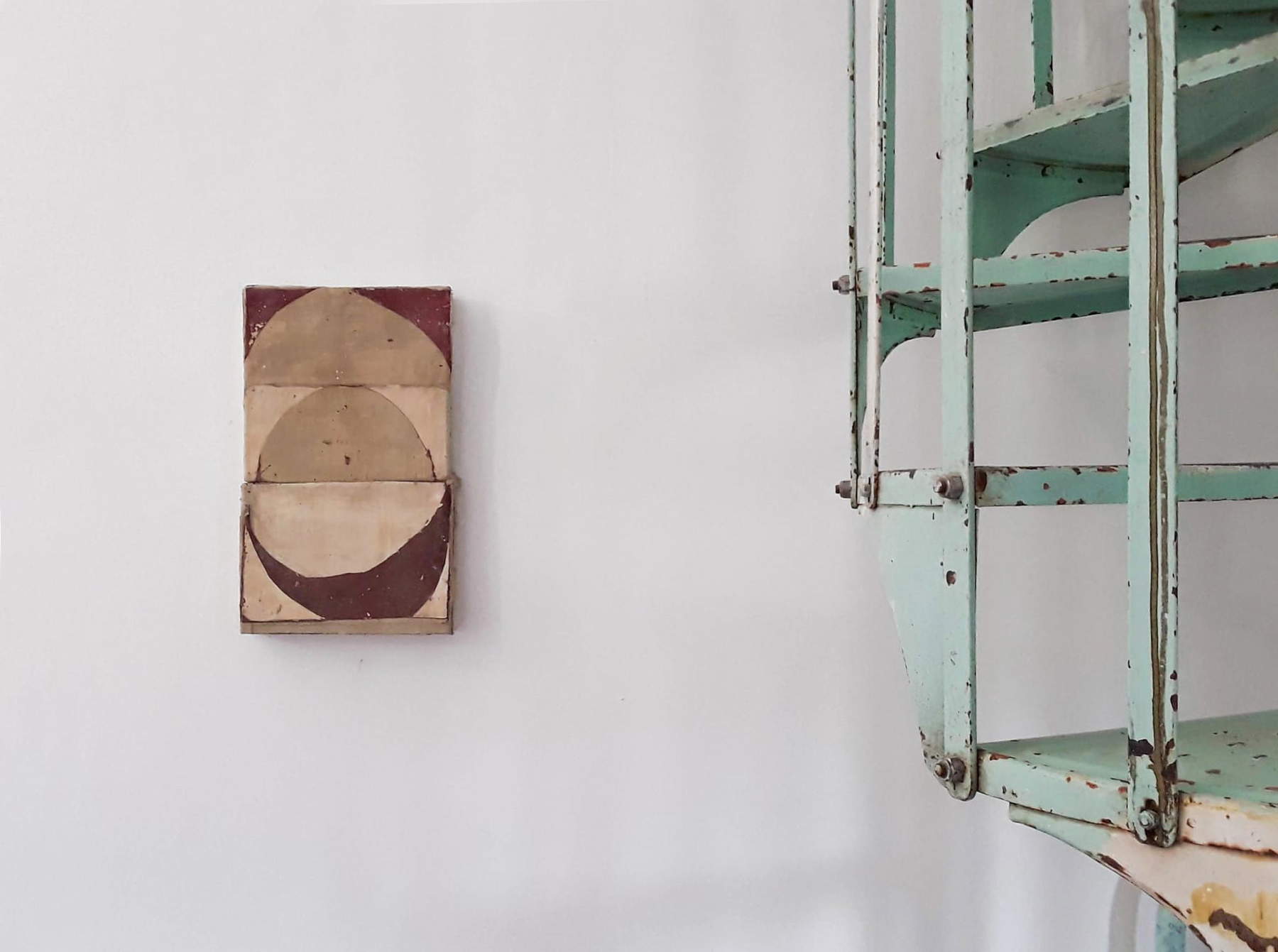How has Covid’s pandemic year been for a small- to medium-sized gallery? What were the innovations? How has online helped? We asked the historic Cardelli & Fontana Gallery in Sarzana, in business since 1980. Here are the answers from the gallery’s director, Massimo Biava. The interview is by Federico Giannini.
 |
| Cardelli & Fontana Gallery |
FG. How did the last year go? It was a difficult year for everyone: did you guys hold out?
MB. We have held out, but we have actually been holding out for many years, so we have not seen huge differences. From the economic point of view, there has been a lack of fairs, an element that brings two consequences, one negative, that is, you don’t meet collectors, and one positive, the significant decrease in expenses. However, by being able to work on the customers we met in past editions of the fairs, and then working much more on online, we were able to break even with past years.
How has the work changed?
A premise must be made: we are a gallery in a small provincial town, Sarzana, so we probably have not felt the burden that a gallery owner in Milan may feel, who has much higher expenses and has more difficulty moving or has been more affected by closures. I, for example, living fifty meters from the gallery, even in the red zone had no problem going to work at the headquarters. The work has changed because we have had more time at our disposal and we have devoted it, for example, to perfecting photography, documentation, and research on catalogs (the latter two aspects especially with regard to the modern): we have therefore come to a different focus on the work than before, to present it in the best possible way, trying to provide as much detail as possible to the collector. And that has paid off. And then, the approach to online communication has changed a lot.
 |
| Beatrice Meoni, SCS Antogno clubbed by devils (2020; oil on panel, 152 x 120 cm) |
 |
| Mirco Marchelli, D’accordo (2020; mixed media, 32 x 43 x 4 cm). Photographed in the studio. |
On the online, how did you work? Have you also ... succumbed to the viewing room trend?
We have been online since 1998, so the experience to handle the medium was all there. We paid even more attention to photographic documentation, not only using professionals but learning ourselves to photograph the works a little better, taking them from multiple angles, in detail or from a distance with a person in front of them, as all galleries do now. And being able to present the works differently also paid off. As for viewing rooms, I think three-dimensional, when you present two-dimensional works, it doesn’t make much sense. So what we called viewing rooms was actually a way of presenting the works in a context. I can think of, for example, the Marco Marchelli exhibition where we used this tool to provide a more in-depth documentation of the work and also to present images of the works themselves in the place where they originated, that is, in Marchelli’s studio. Or, I would mention the Geometric Abstractionism exhibition where, in addition to presenting the works well photographed and well documented, with even catalog images, we also presented a whole series of letters by Atanasio Soldati. It was like increasing the documentation. But the experience of entering a kind of virtual room is something we are less interested in.
Has the online in your case changed the relationship with collectors?
As far as we are concerned, we have not only sold to our collectors, but also to new collectors. Since April last year, email inquiries exploded immediately, then in most cases we didn’t get to close, but I think I received more than three times as many contacts as before. And that affected the trend.
To close with online, how do you deal with the explosion of NFTs?
Actually, personally this year has led me to rediscover the physical work, going into the warehouses, filming and photographing it, in a very direct relationship. Therefore, I think I am on the opposite path right now. I feel the pleasure of touching, of looking at the condition of the work, especially the modern. It is a subject that is not grabbing me.
 |
| Atanasio Soldati, The White Bust, detail from the pdf documentation of the work |
 |
| Mirco Marchelli, Giardino gaudente (2020; mixed media, 42 x 25 x 5.5 cm). Photographed in the studio |
Finally, one last question: what are the future prospects for the sector, especially as far as small or medium-sized galleries are concerned? Has the crisis hit this segment of the market very hard? And could seeking forms of collaboration with other players be a form of strategy for the future?
As mentioned, we have felt the weight of the crisis less than those who are in other places or compared to those who have more important structures. Ours is a family-run gallery, of course we have had some setbacks but smaller galleries I think have weathered it better. As for collaborations, that’s something I’ve always insisted on. We, even before the pandemic, had a network of collaborations that then disappeared with the crisis as we all found ourselves in severe emergency. We are still a historical gallery so we have a little bit more difficulty in finding colleagues to collaborate with, but it is something I would love to continue doing. In fact, we have opened collaborations with foreign countries during this period, so something has been moving. In particular, we started a relationship with two French galleries and a gallery in London: these are not very big things, but they are new things. Of course, to draw sums at this time seems difficult to me because I think it is early: we will have to see when we return to a normality of market and movement, and see the results that these collaborations will give. For now, however, I can say that I am certain that these collaborations are a result of the increased online presence. In any case, I don’t know what the future may look like: maybe even more positive, in this down year we may even have realized that without trade fairs we can still go on, maybe it could be the time to try to take back some of the power towards the trade fair bodies, bring them to change their treatment towards subjects of our size. I, however, believe that the art world always manages to recover somehow in the end: our industry has been very quick to adapt to changes, to empower online, on the other hand we are talking about art. If we are not creative we who are in contact with artists every day....
Warning: the translation into English of the original Italian article was created using automatic tools. We undertake to review all articles, but we do not guarantee the total absence of inaccuracies in the translation due to the program. You can find the original by clicking on the ITA button. If you find any mistake,please contact us.